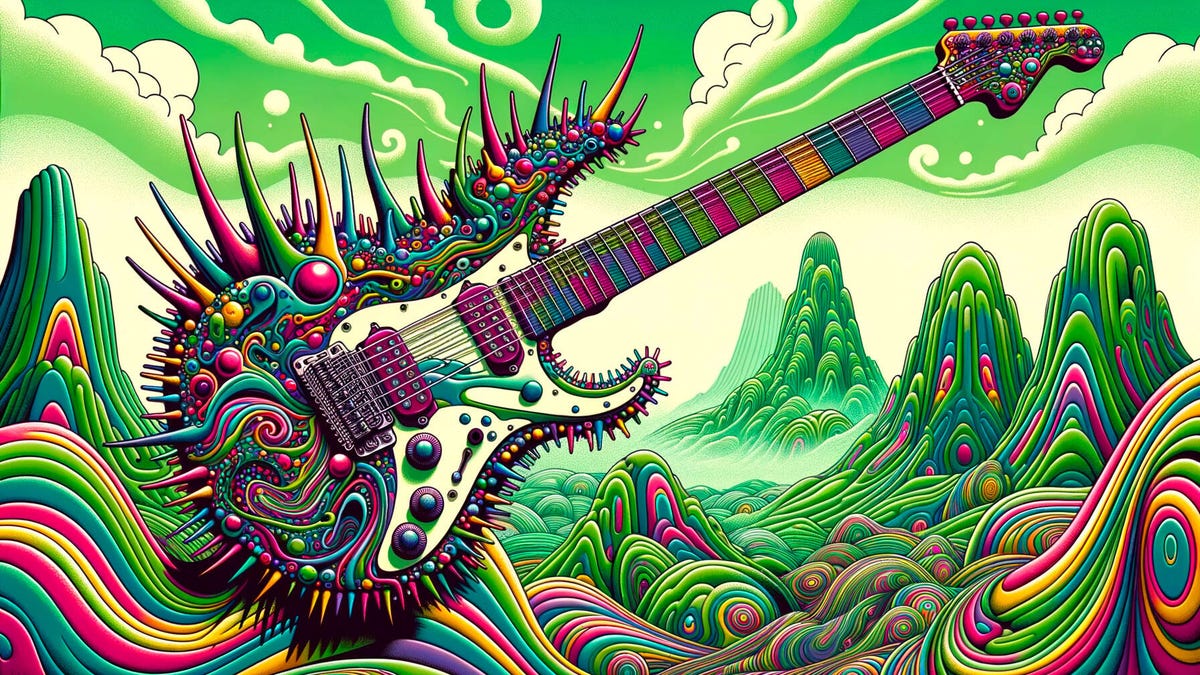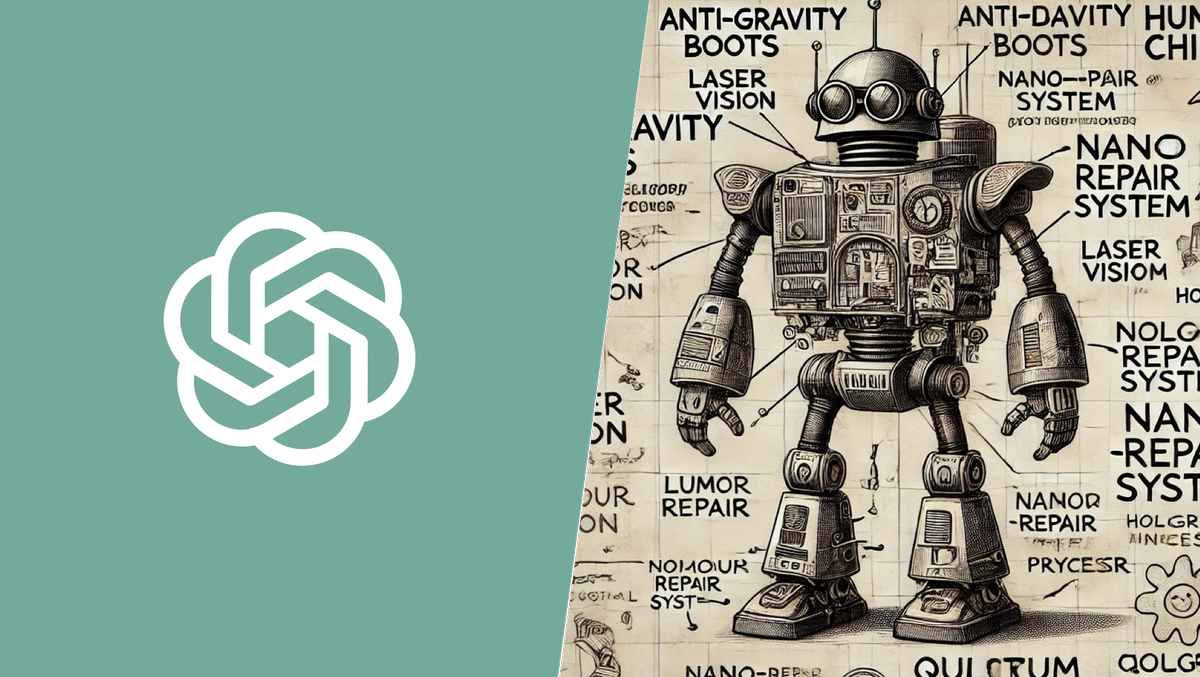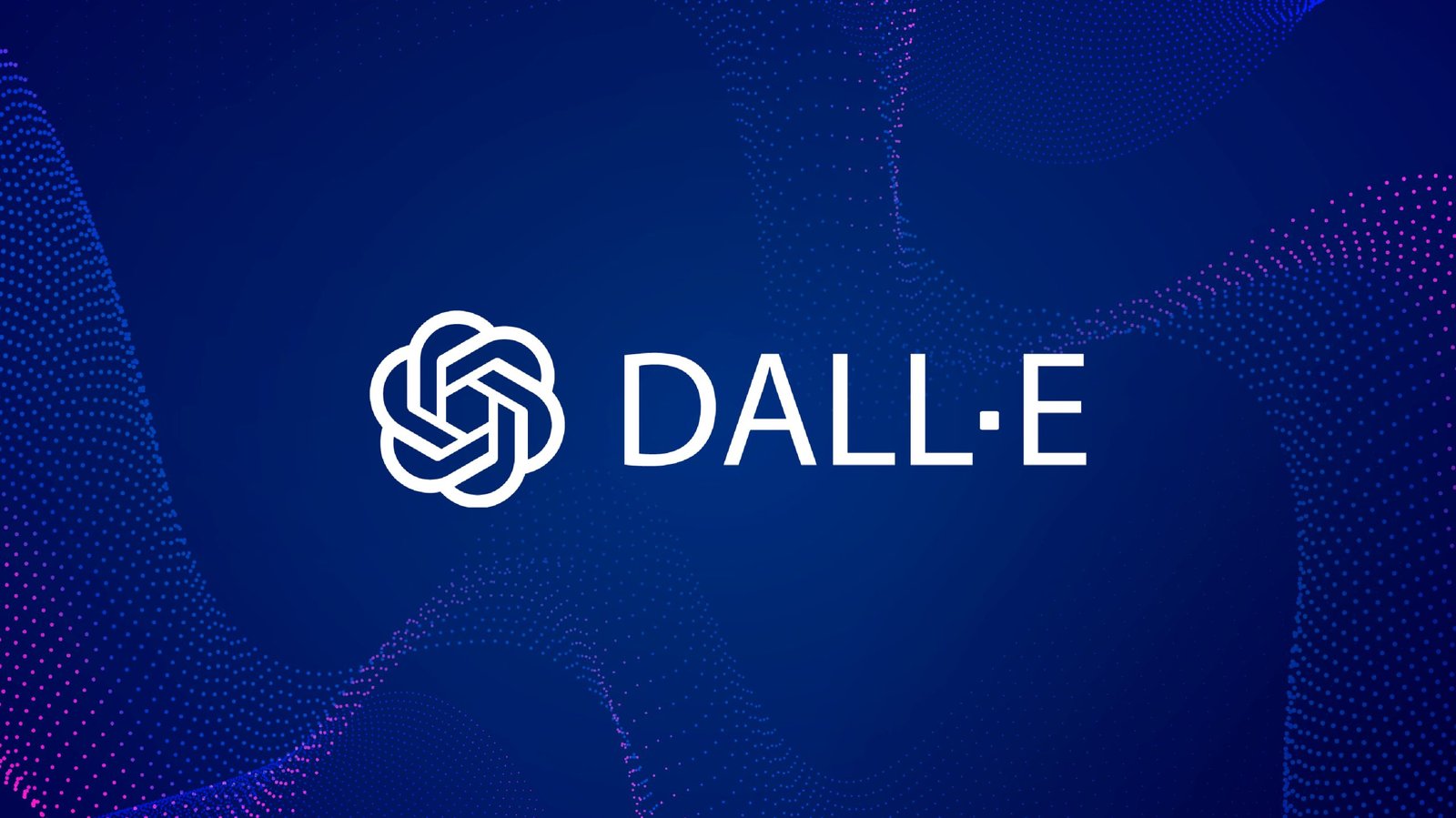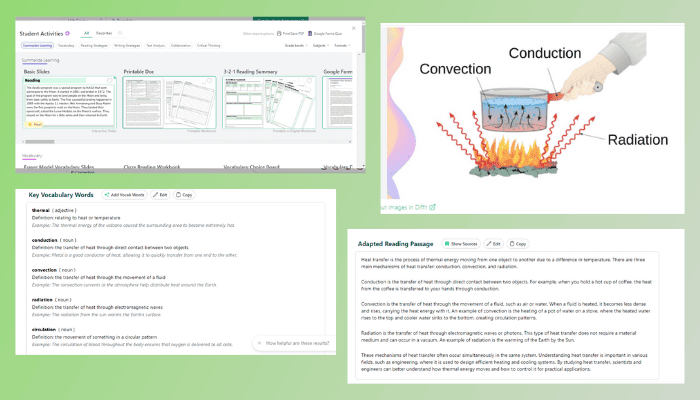






Artificial intelligence (AI) continues to revolutionize education and academic research with the introduction of innovative tools like Diffit AI and scite.ai. Diffit AI is an AI-powered teaching tool that aims to enhance learning resources for students, providing a personalized learning experience. Teachers can generate differentiated learning resources for various student activities, including adapted reading passages, visual text, bulleted summaries, key vocabulary words with definitions, multiple-choice and short-answer questions, open-ended prompts, language translation, and student activities [7a290db1].
Diffit AI offers two primary functions: generating learning resources and exporting the resources to engage students. It enables teachers to create customized materials that cater to the individual needs of their students, fostering a more engaging and effective learning environment [7a290db1]. The tool has received positive feedback for its personalized learning experience, allowing students to learn at their own pace and focus on areas where they need more support [7a290db1]. However, some users have noted that Diffit AI falls short in providing in-depth teaching resources for certain topics and lacks additional support features [7a290db1]. The author of the review suggests that the tool could benefit from including tools to monitor student progress and activities [7a290db1].
Diffit AI is available for a 60-day free trial, giving educators the opportunity to explore its features and benefits [7a290db1]. After the trial period, the tool costs $14.99 per month. Additionally, Diffit AI offers subscriptions for whole schools, allowing institutions to implement the tool across multiple classrooms [7a290db1].
On the other hand, scite.ai is an AI-powered assistant that simplifies academic research by providing reliable answers sourced from millions of research articles [01c6b6ea]. It offers easy access to trustworthy information and aids in uncovering essential insights for writing tasks. The tool integrates into the research workflow, assisting in identifying key unanswered questions, finding and countering evidence, summarizing complex materials, and seamlessly integrating source citations [01c6b6ea]. While it accelerates the research process and enhances writing quality, it relies on available research articles and personal research nuances [01c6b6ea]. Overall, scite.ai is a valuable tool for deepening understanding and elevating writing with insights from scholarly literature [01c6b6ea].
Stability AI has released Stable Diffusion 3 and Stable Diffusion 3 Turbo, new models designed to improve text-to-image translations. The models offer enhanced comprehension of textual prompts and improved spelling accuracy. Stability AI plans to eventually open-source the models and is currently trialing the Stable Assistant, an AI assistant with conversational and content creation capabilities. The company aims to integrate the models with developer access points through partnerships. The advancements in AI-powered creativity have implications for various industries, but there are challenges related to ethical use, biases, and ownership of AI-generated content [aada6517].
OpenAI has unveiled DALL-E 3, the latest iteration of its advanced AI image generation tool [db644128]. DALL-E 3 offers enhanced features and unprecedented control over image generation. It introduces two distinct styles of image generation: natural and vivid. The model can handle complex prompts and produce images with higher levels of detail and realism compared to its predecessor. OpenAI has implemented measures to prevent the generation of harmful or inappropriate content. DALL-E 3 is integrated with other OpenAI products, like ChatGPT, allowing for seamless creation of textual and visual content. OpenAI has gradually introduced DALL-E 3 to the public, representing a significant step forward in AI-driven image generation and providing a robust platform for creativity and practical applications [db644128].
Recently, DALL-E 3, the AI image generator used by ChatGPT, has received a secret upgrade that enhances its ability to render longer blocks of text with increased accuracy. This upgrade, possibly influenced by GPT-4o, has improved DALL-E 3's capability to generate images based on user prompts. The upgrade is evident in the improved accuracy of the rendered images when compared to previous versions. However, some artifacts and blurring are still present in the images. The author of the analysis suggests that a new version of DALL-E could address these issues and further improve the image generation process. The upgrade to DALL-E 3 has intensified the competition among AI image generators, making the battle for the best AI image generator more interesting [1de40308].
According to a recent article by CNET, DALL-E 3 has been named the best overall AI image generator of 2024 [a6a6d680]. The article highlights the features, strengths, and weaknesses of various AI image generators. DALL-E 3 is praised for its enhanced features, unprecedented control over image generation, and the ability to produce highly realistic and detailed images from text prompts. It is also noted that DALL-E 3 has implemented measures to prevent the generation of harmful or inappropriate content. The secret upgrade to DALL-E 3, which improves its image generation accuracy, further solidifies its position as the top AI image generator. Other AI image generators mentioned in the article include Leonardo AI as the best free AI image generator, Adobe Firefly as the best AI image generator for professionals, and Canva as the best basic AI image generator for beginners. The article provides insights into the testing criteria used by CNET and answers frequently asked questions about AI image generators [a6a6d680].
Meta has released Meta 3D Gen (3DGen), an AI tool that converts text prompts into high-quality 3D assets in under a minute. The tool combines AI models AssetGen and TextureGen to generate 3D objects with high-resolution textures and material maps. Meta claims that the results are superior in quality to previous solutions and are produced 3-10 times faster. The technology functions in a two-step operation, with AssetGen producing a raw 3D asset with texture and physical-based rendering (PBR) in 30 seconds, and TextureGen enhancing the material to generate better-quality PBR maps in 20 seconds. 3DGen sets itself apart from competitors by building complete 3D models with underlying mesh structures compatible with PBR. The tool allows for trial and error and gives users more control over their desired output. Text-to-3D generators have wide applications in video games, visual effects, animation, and architecture [63c887c1].